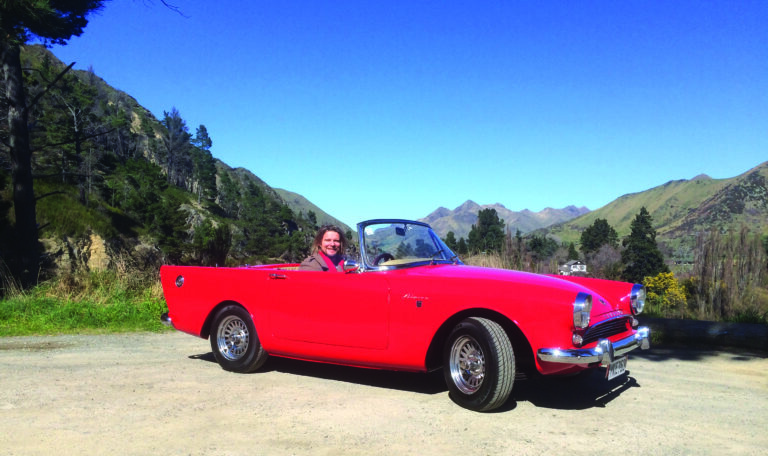Inspired by McLaren Can-Am racers of the ’60s, production of the 650S Can-Am — based on the current twin-turbo V8-powered 650S Spider — will be limited to only 50 examples globally.
Created by McLaren Special Operations (MSO), deliveries of the 650S Can-Am are set to commence in the spring of 2016 — 50 years on from the first Can-Am race at Mont-Tremblant in Canada.

Exclusive features include a carbon-fibre retractable hardtop and bonnet, air brake, front splitter, door blades, and 650S Can-Am–branded sill cover. MSO has also created a unique set of lightweight forged-alloy wheels, inspired by those of the ’60s racers. Carbon ceramic brakes with black-painted calipers are standard equipment.
Further unique features inspired by the iconic Can-Am racers include carbon-fibre louvered front wings and a new quad-exit, polished stainless-steel exhaust system to provide the 650S Can-Am with a unique soundtrack.

The 650S Can-Am is available in three colours. The launch colour, Mars Red, is directly inspired by the M1B raced by Bruce McLaren and Chris Amon in the debut season. The second colour, Papaya Spark, is a modern, metallic take on McLaren’s famous Can-Am racing orange, while the final option is Onyx Black.
Want one? The asking price is £255,850 — at the current exchange rate that’s NZ$587,223.Only 50 cars for 50 years: Mclaren produces limited run of the 650S Can-Am



